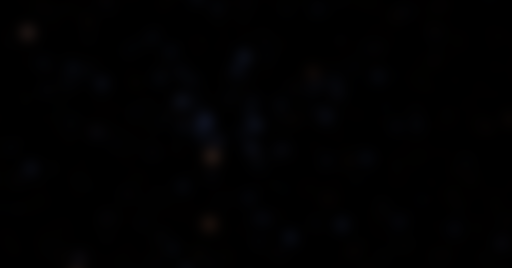Face to face with Meissa

An astroterrestrial photo is one that includes a star field as a background with something in the foreground to provide a subject. It can be a tree, a building, or anything the photographer chooses. In this case it was James. James lives in Canberra, and last May, was celebrating the end of the local lockdown with a weekend at Lake Eucumbene with his girlfriend Loz. James normally takes deep-sky nebula photos, so he took a 12" go-to Dobsonian with him, which is quite a task. His intended targets were the Lagoon and Trifid nebulas, which were rising just after midnight. But setting up, he found that they weren't high enough to be much good. For targets near the horizon, you're looking through the boiling, dust-ridden soup that is the Earth's atmosphere. It wasn't until 2am that a photo was possible. But at that point, the dew was getting heavy and the secondary mirror on the Dob was starting to fog over. Such is life for the astrophotographer. The night wasn't a








